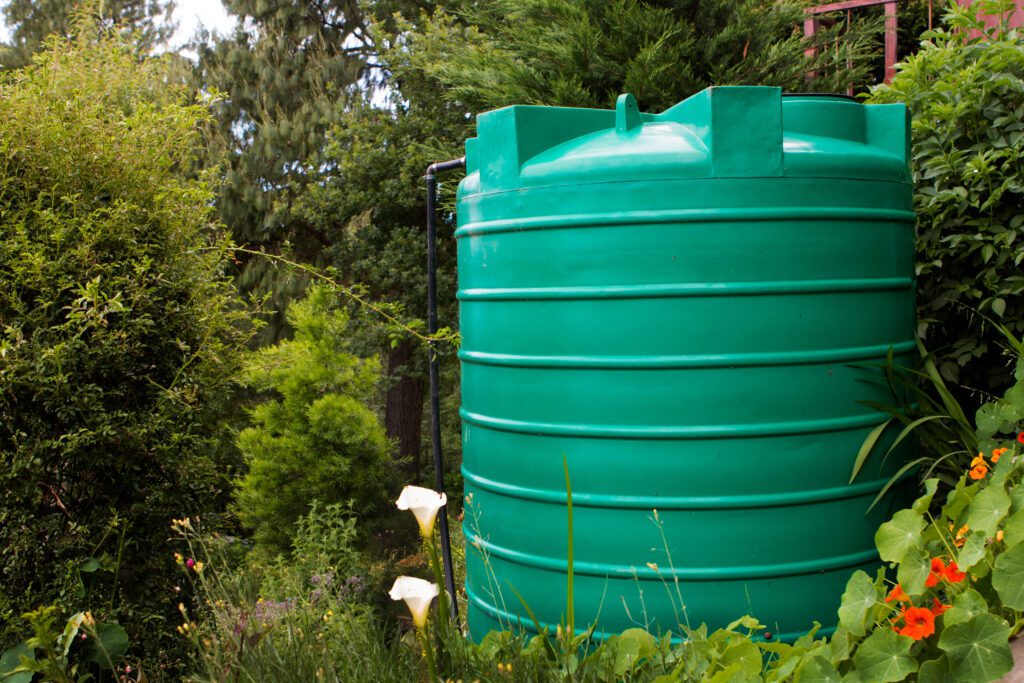We need water to survive. In our daily lives, we drink water and use it for numerous activities, from cooking to cleaning and bathing. Like most people, you probably get your water supply from your local municipality’s water reservoir.
However, if you experience water supply interruption or want to save more money on your water bills, installing a water tank on your property is a smart move. So if you’re thinking about investing in a water tank, here are five things you need to consider when buying one for your property:
- Price
As with anything you buy, one of the most important things you need to consider is the price. Water tanks are expensive. Thus, you want to ensure that you’re getting a tank that fits your budget.
It’s best to learn about the market price before buying any specific water tank. Knowing the prices allows you to choose a quality product without exceeding your budget. Also, if you’re on a tight budget, you can do thorough research to look for water tanks that are on sale, which provides significant discounts.
In addition to the water tank’s price, you also need to consider the extra charges that come with its purchases, including transportation fees and installation.
- Location
Next to price, another thing you need to consider where you’ll install the tank. The location will determine other factors, including its shape, size, colour, and if it needs to blend into surrounding walls or vegetation.
In general, it’s best to install the tank next to your home or a shed. This makes water collection simpler and reduces plumbing needs. If you need to place it away from the house, you’ll need to run more pipes and create more complex plumbing.
Also, if the tank needs a pump and other equipment, it’s best to place these as close to the tank as possible. However, if you don’t need a pump, know that the higher the tank to the point of use, the better the water pressure.
Now, if you live in hotter climates, consider placing the tank in the shade. This helps reduce tank water temperatures, evaporation, and possible bacterial growth. If there’s no shady spot, planting bushes on the sunny side of the tank may also help.

- Capacity
Another important consideration when buying a water tank is capacity. This will generally depend on your water use and other mentioned factors in this list, including location and installation.
Usually, though, this will depend on the number of people in your household using water for cooking, drinking, washing, bathing, and cleaning. While water usage may vary greatly across the country, the average Australian home uses about 165-340 litres of water per family member daily. This means a family of four uses about 1,360 litres of water a day.
Take note of this and check with your water tank provider for the capacity of a specific product to determine your needs.
- Shape
In addition to the size of the tank, you also need to consider its shape. You’ll find it in various shapes, including round tanks (which is the most common shape), rectangular, oval, bladder, slimline, and even modular tank systems. As with size, the right shape will depend on other factors, especially its location.
Keep in mind, though, that for a given space, rectangular tanks hold more water than oval or round tanks. For instance, if you have a small 2×2 metre space, a 2-metre-high rectangular tank can hold up to 8,000 litres of water, compared to a circular tank of the same height which can only hold over 6,200 litres.
No one tank is better; however, the shape you choose can determine its capacity and depends on the space it must fit in.
- Material
There are a variety of water tank materials available today. Traditionally, they’re made of plastic. However, there are other material choices you can opt for, such as fibreglass or steel.
Each material comes with its pros and cons and may be suitable for a specific storage method, so make sure to do thorough research. In general, polyethylene or plastic water tanks are often used since they’re lightweight and easy to transport. Unfortunately, they’re not the most durable material. So if you’re looking for a sturdier material, steel, fibreglass, and concrete tanks are the best option.
Takeaway
A water tank can provide a reliable and uninterrupted water supply to your home. That said, when shopping for a water tank, make sure to keep the above factors in mind. These will help you buy the right one for your needs and ensure that your household has continuous access to water for years to come.




